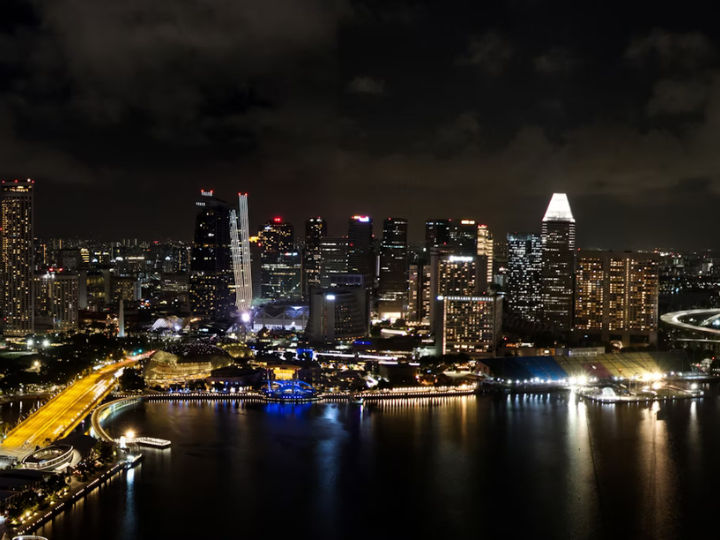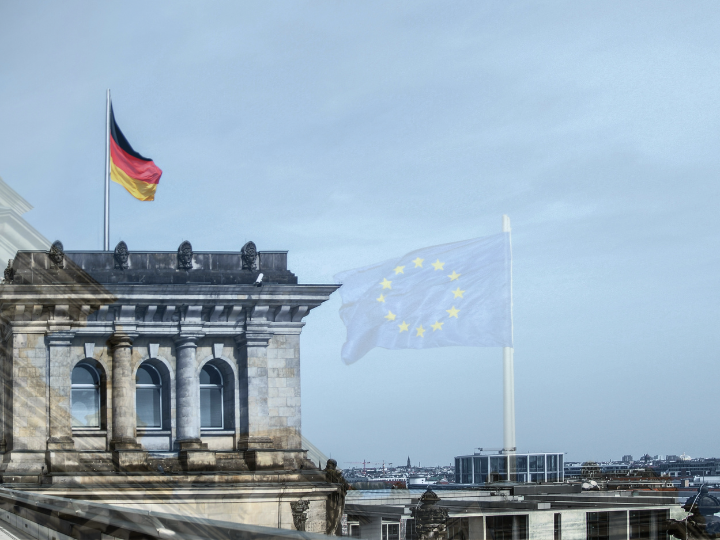by John West*
Back in 2011, the Asian Development Bank set out a vision for an “Asian Century.” By nearly doubling its share of global GDP to 52% by 2050, Asia could regain the dominant economic position it held some 300 years ago – before the Industrial Revolution.
Similarly, at the launch of her government’s 2012 White Paper on the Asian Century, Australia’s then Prime Minister Julia Gillard declared: “Whatever this century brings, it will bring Asia’s return to global leadership, Asia’s rise. This is not only unstoppable, it is gathering pace.”
But in less than a decade, those confident visions of an Asian Century seem to have faded from view. Let us back up — and see how we got here.
Origins of the Asian Century vision
Following the end of the Second World War, many saw little hope for an economic renaissance in Asia, a continent that had been destroyed and suffered from widespread poverty and overpopulation.
This view was epitomized by the 1968 study “Asian Drama: An Inquiry into the Poverty of Nations” by the Nobel-Prize-winning Swedish economist Gunnar Myrdal.
But at the same time, another reality was developing. Against the backdrop of the emerging Cold War, the United States decided to transform its former enemy, Japan, into a close ally. Japan would develop rapidly thanks to U.S. support and open markets, strong human capital, an entrepreneurial culture and government guidance.
The year 1964 was pivotal in Japan’s story. Tokyo hosted the 1964 Olympic Games and Japan also unveiled its first bullet train that year, running from Tokyo to Osaka. In addition, Japan also joined the OECD – the club of advanced democratic economies.
Following Japan: Taiwan, South Korea, Singapore and Hong Kong
Following Mao Zedong’s victory in the Chinese Civil War in 1949, the United States supported its wartime ally, Chiang Kai-shek, and his Republic of China regime regarding Taiwan. The island’s economy developed rapidly and democratize during the 1980s and 1990s.
South Korea emerged as a non-communist country from the 1950-53 Korean War. It developed very strongly from the 1960s and, in 1987, it held its first presidential elections. Korea also joined the OECD in 1996.
Under the leadership of Lee Kuan Yew, Singapore very successfully pursued open market development, and forge very close relations with the West. But as the government retained a firm grip on both the economy and society, it has became a real democracy.
Rise of China and India
The renaissance of China and India seemed to confirm the advent of an Asian Century. Under Deng Xiaoping’s leadership, China began opening its economy in 1978 and developed rapidly.
Development was interrupted by the tragic Tiananmen Square incident in 1989. But soon after, it was rebooted – and accelerated following its membership of the World Trade Organization in 2001.
Over the past 40 years, the number of people in China with incomes below $1.90 per day has fallen by nearly 800 million – accounting for nearly three-quarters of global poverty reduction since 1980.
In purchasing power parity terms, China’s total GDP is already above that of the United States, but somewhat below in market price terms. But its GDP per capita of $13,000 is well below that of the United States, at $85,000.
India has also made substantial progress following reforms launched in 1991 after a financial crisis. Its population recently overtook that of China as the world’s largest – at 1.4 billion. However, its GDP per capita is less than $3,000. Although its GDP is the fifth-biggest in the world, it is only 20% of China’s.
Disappointment in Russia
Russia is Asia’s largest country in terms of land area and arguably the richest in terms of natural resources endowment. As Asia’s leading economies are resource-poor, this should have made it one of the greatest beneficiaries of an Asian Century.
Following the end of the Cold War and the breakup of the Soviet Union, Russia experienced great instability during the 1990s under Boris Yeltsin’s leadership. However, Vladimir Putin’s leadership after 2000 brought stability to Russia.
To this day, the Russian economy remains highly dependent on natural gas and oil exports and is otherwise relatively backward with regard to human resources and lack of opportunity and poor governance have caused a massive brain-drain.
Military adventurism in Ukraine, Syria, and elsewhere – along with grey zone operations – is having devastating impacts on the Russian economy and society – as well as its relations with other countries.
Asian Century dream
True, sound domestic policies – such as investments in human capital and infrastructure, open markets for trade and investment and improved governance – have driven Asia’s successful economies.
But Asia has also benefited from the United States and other Western countries which have provided direct assistance, offered open markets and welcomed international students.
Such “strategic engagement” was based on the hope that these emerging economies would see growing middle-class societies – which would demand open and clean governance and, ultimately, democracy, as indeed happened in the cases of Korea and Taiwan. The historic success of the United States and other Western countries was meant to serve as a beacon.
There was also the hope that Asia’s emerging economies would partner with the United States and the West in tackling global issues like climate change, pandemics, artificial intelligence and cyber–security and would, more generally, be partners in the rules-based order. But this Asian Century dream was not to be.
Shattering of the Asian Century dream
Following the end of the Cold War, the United States’ “unipolar moment” of the 1990s did not last long. The notion that the United States and other Western countries could serve as a beacon for emerging economies was quickly shattered.
The post-September 11 wars in Afghanistan and Iraq brought great discredit to the United States as a world leader. The global financial crisis in 2008 also brought great discredit to the U.S. model of freewheeling financial capitalism.
The fact that many bankers were saved by bailouts while ordinary citizens suffered undermined U.S. domestic support for open markets. This came on top of yawning inequality and deindustrialization in the United States due to globalization and technological change.
These perceptions of social injustice ultimately fostered the rise of Donald Trump and his illiberal politics and trade protectionism and undermined the prospects for an Asian Century. Such factors were also behind Brexit, the UK’s decision to leave the European Union.
Asia’s dynamic economies lose their luster
Many of Asia’s once-dynamic economies are now struggling to maintain their momentum. Poor demographics have contributed to Japan’s stagnation these past three decades. Korea and Taiwan are now also feeling the effects of aging populations.
For its part, China’s economy is also being hit by rapid population aging. China will grow old before it becomes rich in GDP per capita, in contrast to Japan, Korea and Taiwan.
But China’s economy is also being buffeted by Xi Jinping’s tightening the screws on the private sector and a loss of confidence in China by many foreign investors.
Countries like India, the Philippines and Indonesia, with large and energetic youthful populations, are unable to generate enough jobs – and thus do not benefit from a demographic dividend.
In sum, the period where Asia’s growth drove the world economy may now be fading from view.
Illiberal pivot in Asia
During the 2000s, there were hopes and signs that China might become more politically open. But this gradually changed with Xi Jinping’s ascension to the leadership. Xi’s regime is characterized by assertiveness on the international front, repression of domestic society and a shift away from market economics.
China’s international assertiveness has not only targeted the United States and Europe. Japan, Taiwan, the Philippines, India and Australia, not to mention Hong Kong, have been among China’s targets.
Overall, Xi’s policies are driven by ideology and the desire to shore up the regime’s security. In light of China’s illiberal pivot, India has emerged in the eyes of many as the great white knight that will join forces with the West in its competition with China.
This is short-sighted, despite India’s own difficult relationship with China. India has and will always go its own way. Strategic autonomy is the essence of India’s DNA. Under Narendra Modi’s leadership, India has taken an illiberal turn with Hindu nationalism and persecution of its Muslim minority.
India has long had a close relationship with Russia. And while Western countries have implemented harsh sanctions on Russia, India has taken advantage by becoming one of the biggest buyers of Russian oil.
*Executive Director, Asian Century Institute
**first published in: Theglobalist.com




 By: N. Peter Kramer
By: N. Peter Kramer

